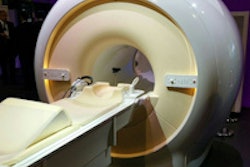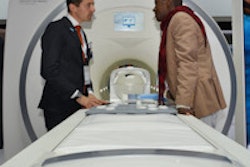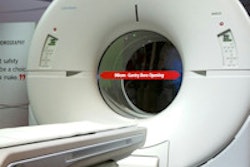Researchers from Central South University in China have found that photoacoustic imaging could be a fast and cheap noninvasive method for detecting, diagnosing, and staging cervical cancer with high accuracy.
The researchers examined 30 cervical tissue samples with photoacoustic imaging. Some of the samples were acquired from healthy women and some contained the cancerous cells of a cervical tumor. Photoacoustic imaging was able to distinguish cancerous from normal tissue and has the potential to evaluate the stage of the cancer, the group found (Biomedical Optics Express, January 1, 2015, Vol. 6:1, pp. 135-143).
Photoacoustic imaging is a hybrid optical imaging technique that combines the high optical contrast of optical imaging with the high spatial resolution and the deep imaging depth of ultrasound, according to lead author Jiaying Xiao, an assistant professor of biomedical engineering.
In the study, the researchers embedded one piece of normal cervical tissue and one piece of cervical lesion from the same person in a cylindrical phantom for simultaneous photoacoustic imaging. Part of each sample was also sent to histological evaluation for cross-photoacoustic imaging.
A 2D depth maximum amplitude projection (DMAP) image was produced, showing the optical absorption distribution or photoacoustic contrast of the sample. The image can then help researchers identify lesion location and evaluate the stage of cervical cancer.
The work is preliminary, but it provides an experimental basis for future studies, showing that photoacoustic imaging has the potential to make better diagnoses, according to Xiao. The next step is to prove the applicability of photoacoustic imaging in tumor models and, ultimately, in patients.



















